The Basics of Ant Poison: How It Works and Safe Usage
Understanding Ant Poison and its Mechanism of Action
Ant poison, commonly utilized in pest control, is a substance designed to eliminate ants through various mechanisms. The effectiveness of ant poison stems from its targeted approach to disrupting the biological functions of ants while aiming to minimize harm to other organisms and the environment. A deep understanding of ant poison is fundamental for both safe and efficient use in managing ant infestations.
The Chemical Composition of Ant Poisons
Most commercial ant poisons are formulated with active ingredients that fall into several categories, including insecticides, bait toxins, and growth regulators. Insecticides such as pyrethroids, organophosphates, and carbamates impact the nervous system of ants leading to paralysis and death. In contrast, bait toxins are blended with attractive food-based substances, and when consumed, the slow-acting poison impairs the ant's internal systems over time, allowing for the poison to be spread throughout the colony. Insect growth regulators act by disrupting the development and reproduction of ants, thus curbing population growth.
How Ant Poisons Work
The working mechanism of ant poisons generally involves four key strategies: contact poisons, stomach poisons, baits, and traps.
Contact Poisons
Contact poisons are insecticides that kill ants upon direct contact, often containing potent chemicals that quickly disrupt the nervous system.
Stomach Poisons
Stomach poisons are ingested by ants when they consume treated materials. Once inside the ant's stomach, it attacks the pest internally, typically resulting in a slower death than contact poisons but effective in reaching the colony when the poison is transferred between ants via trophallaxis.
Baits
Baits combine attractants with slow-acting poisons. Rather than killing ants immediately, baits are designed to be carried back to the colony, where they can be shared, affecting many ants, including the queen, thereby collapsing the colony from within.
Traps
Traps entice ants with food before exposing them to a lethal dose of poison. These are specifically useful in containing the spread of the poison to targeted ant frequencies and avoiding non-target exposure.
Safe Usage of Ant Poison
While ant poisons can be remarkably effective, their misuse can pose risks to humans, pets, and the environment. Therefore, following proper safety protocols is crucial.
Reading and Following Label Instructions
Every ant poison product comes with a label that outlines the appropriate usage, dosages, and safety precautions. It is essential to read and comply with these instructions diligently to prevent accidental poisoning or environmental contamination.
Application in Appropriate Areas
Applying ant poison in areas less trafficked by pets and children minimizes the risk of incidental contact. Avoid using poisons in places where food is prepared or consumed, and ensure that bait stations are securely closed and inaccessible to non-target animals.
Personal Protection During Application
Using gloves, masks, and sometimes protective eyewear is advised to prevent skin contact or inhalation of toxic substances. Ensure the area is well-ventilated if using sprays or aerosols.
Proper Storage and Disposal
Storing ant poisons in a secure place, away from the reach of children and pets, is imperative. Follow local regulations for disposal to prevent environmental hazards, and never reuse empty containers that once held poison.
Immediate Actions in Case of Accidental Exposure
In the event of accidental exposure, it's crucial to follow the first aid instructions on the product label and to seek professional medical assistance immediately. Quick and appropriate response can mitigate the effects of accidental poisoning.
Ant poison, when understood and utilized correctly, offers an effective solution for ant management. However, this effectiveness must be balanced with the responsibility to use these products safely to protect not just our homes but also our health and our environment.
YOutube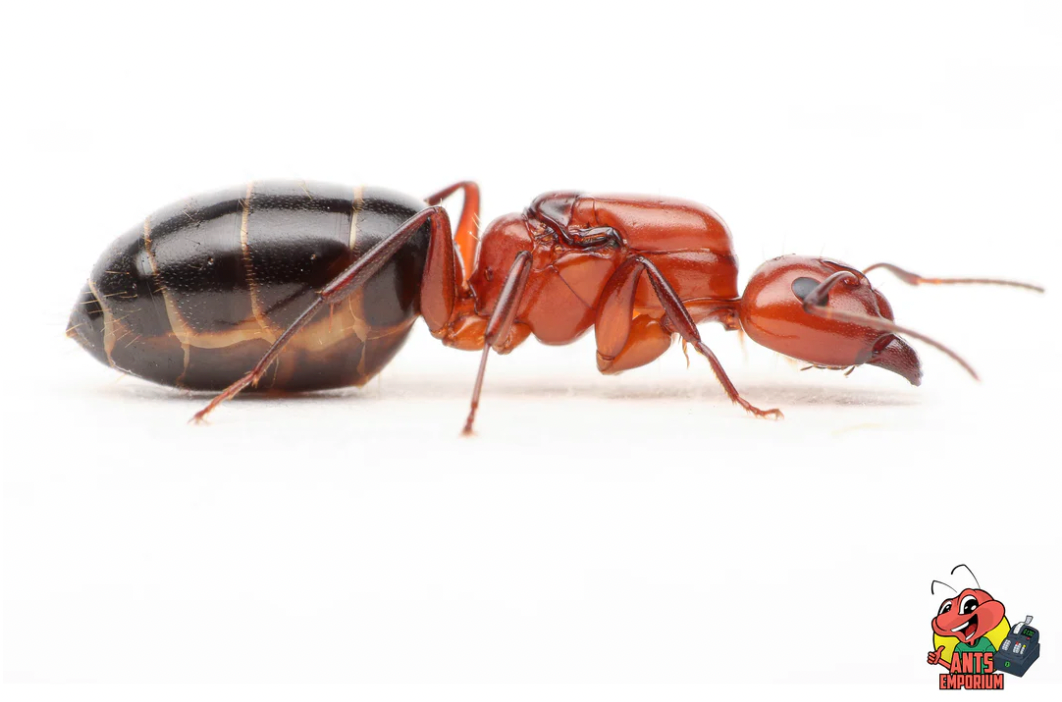
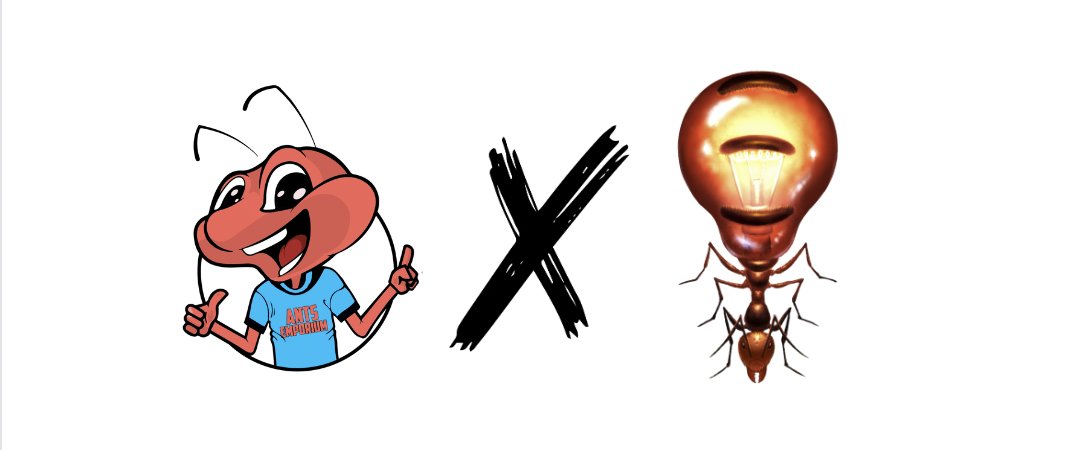
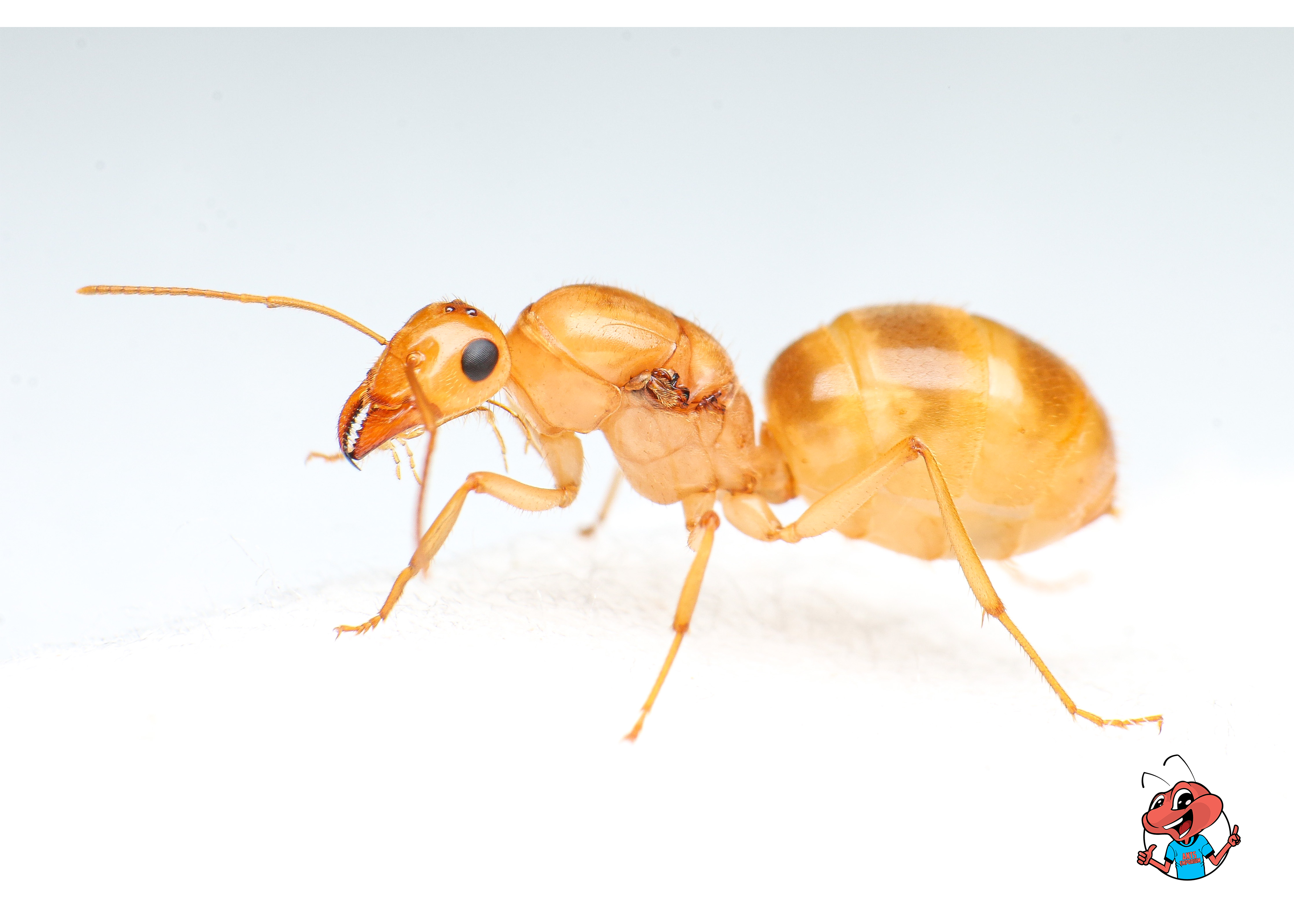
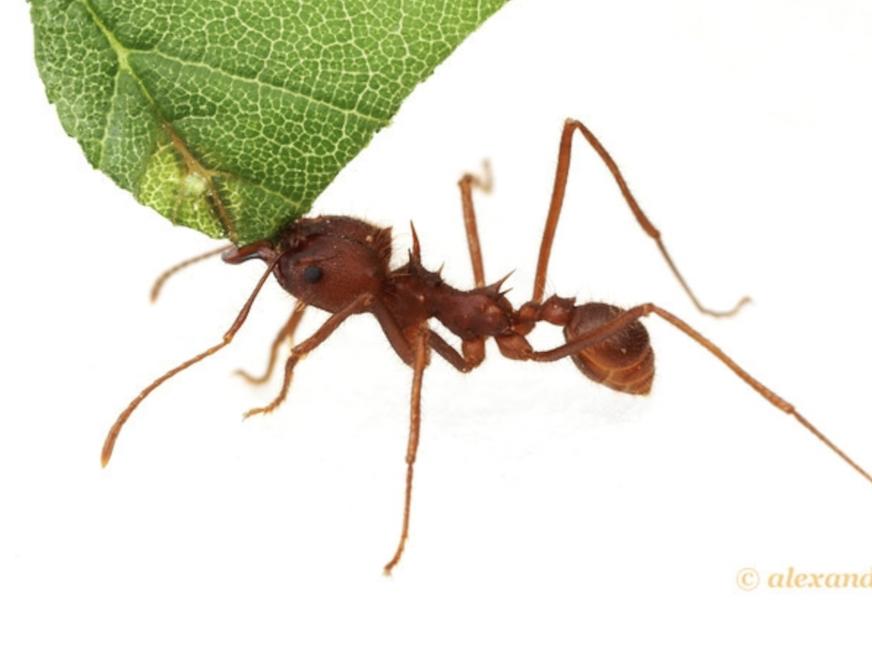
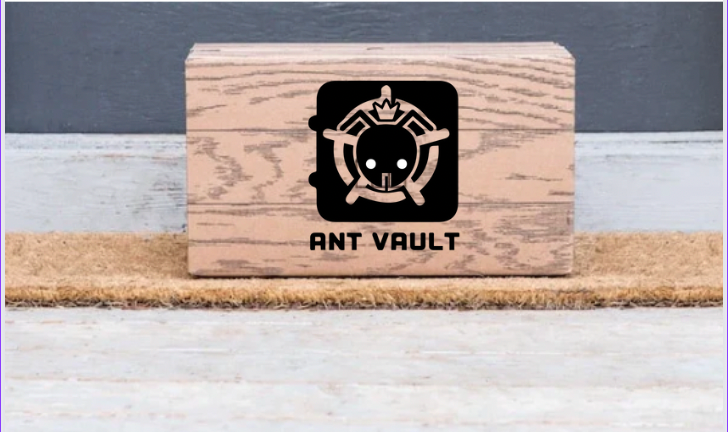
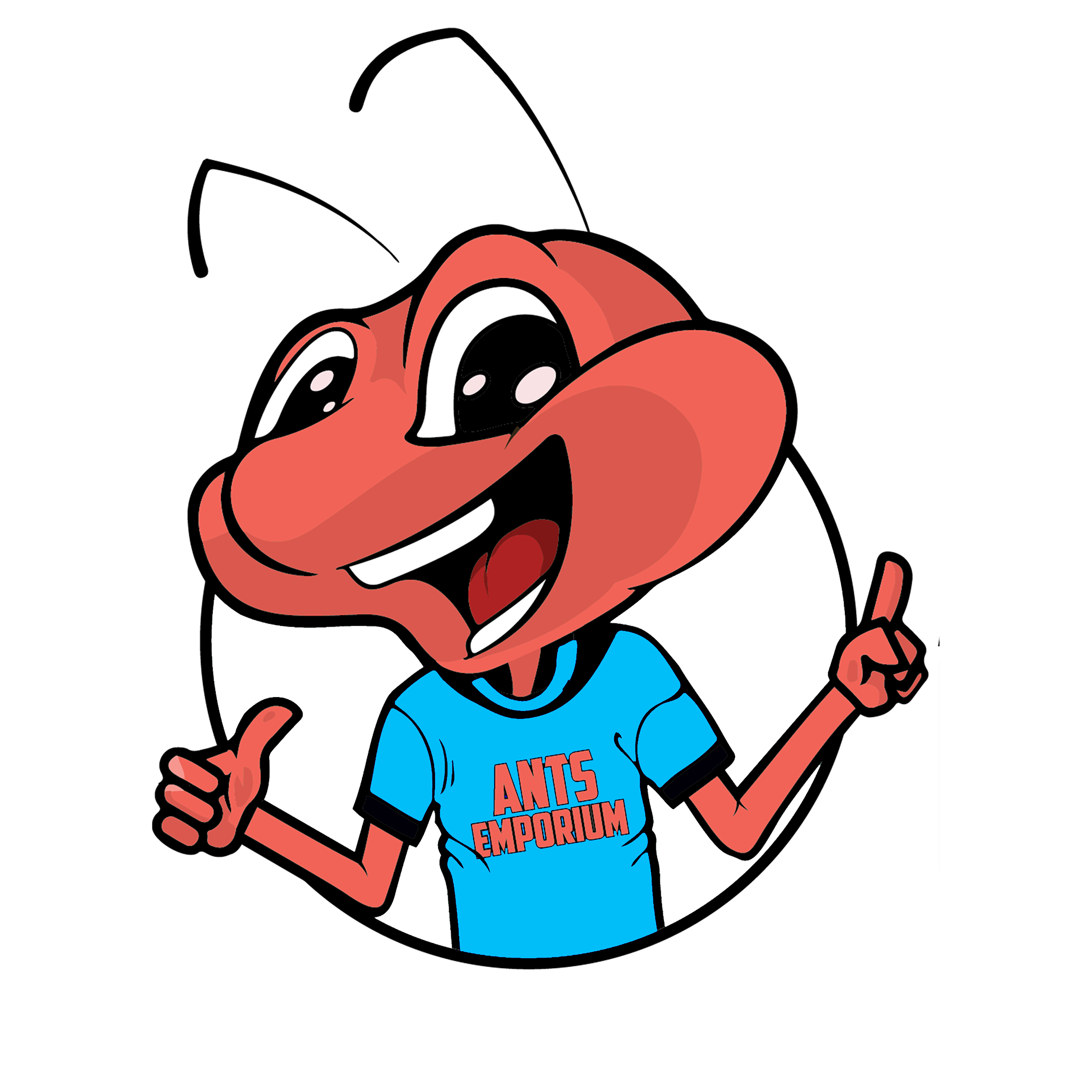

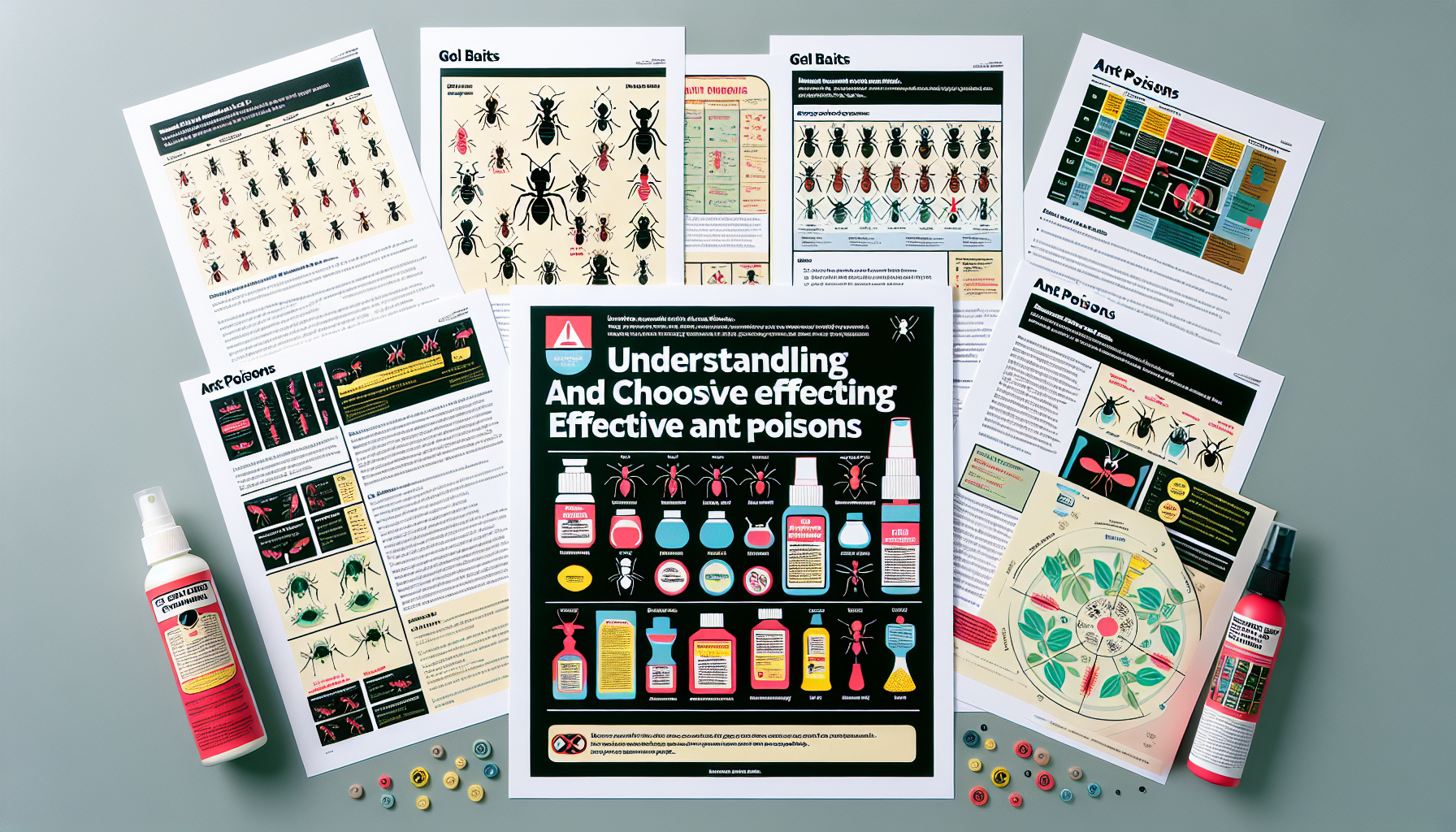
Leave a comment